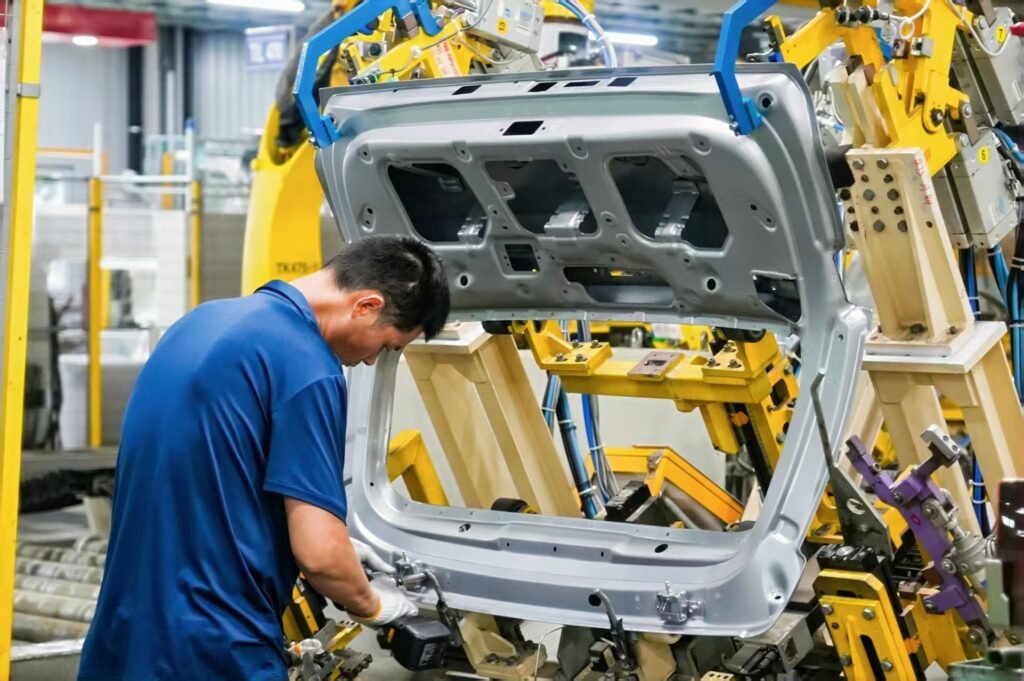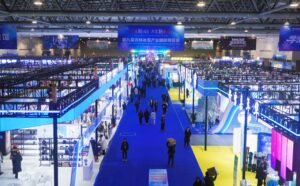Yancheng city, which shows utmost sensitivity in protecting its cultural and natural heritage, strengthens this effort by combining it with China’s massive technological accumulation. While preserving traditional sensitivities, competitive technological solutions appropriate to the requirements of the age save both time and costs. At the same time, by involving end users in the application of these technologies, a goal of continuous improvement is set forth.
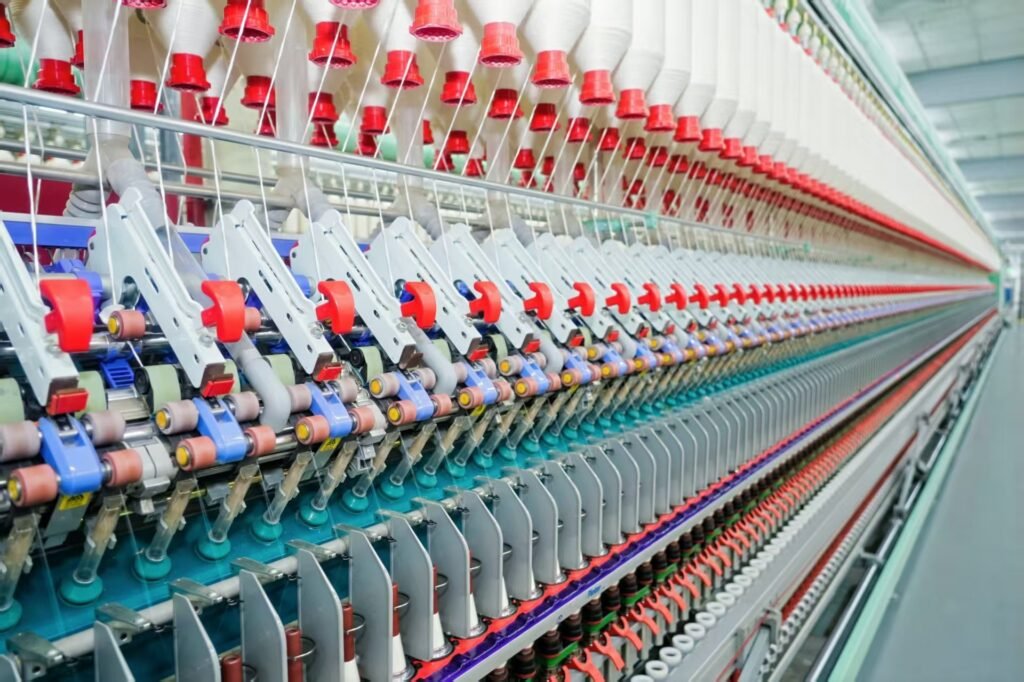
The Digital Expression of Cultural Heritage
The Yellow Sea Wetland Museum of China (中国黄海湿地博物馆) is an important means of expression established to convey the significance of the Wetland—China’s natural heritage—to younger generations and to enhance public awareness. This natural beauty, which hosts many species, not only offers visitors the opportunity to observe living beings but also aims to attract the interest of all segments of society by combining China’s successful museum practices with modern technologies. Unlike the Wetland itself, this museum is located in the city center and stands out with its proximity to areas such as the Financial and Trade District. The main purpose of its establishment is to convey the importance of the Wetland to visitors and, in addition, to provide them with an unforgettable experience through modern museology tools. The museum also contains scientific research centers and cultural event forums in addition to exhibition areas.

The narration of the region, which was inscribed on the UNESCO World Cultural Heritage List in 2019, is at least as important as its protection. Indeed, this museum functions as an information center or gateway. Focused on migratory birds arriving in China via the East Asia–Australasia Flyway, the museum’s theme is completely conveyed through two-dimensional and three-dimensional visuals and simulations displayed at many corners. Unsurprisingly, after projects under state protection in China are addressed, all details are carefully evaluated and concluded. While in many countries the protection of such natural areas is not even a primary priority, in Yancheng, not only is there sensitivity in protecting these regions, but also such a significant technological investment has been made simply to express this, making it a true story of success and dedication.
The Yangtze River Delta Digital Industry Center is an initiative aligned with China’s “National Digital Economy” development strategy. This economic hub in easternmost China accelerates and diversifies new-generation growth by integrating traditional manufacturing with the digital economy and creative industries. The popularity of cities like Shanghai and Hangzhou, which played leading roles in China’s early breakthroughs, also influenced the development of other cities in the Yangtze River Delta. However, since economic growth has caused industrial and population congestion in these regions, Yancheng has become one of the main candidates to serve as an alternative. The investments made indicate that digital content production bases are gradually shifting here.
The Yangtze River Delta Digital Industry Center provides strong studio and equipment support for the pre-production and shooting of films and television series. Advanced technological breakthroughs are being made for virtual world projects such as animation, gaming, and the metaverse. It has already gained identity as an important center for individual creators producing content for platforms such as Douyin (TikTok) and Kuaishou. After all, in China today, one of the cornerstones of e-commerce lies in sales conducted through live streams on social media platforms.
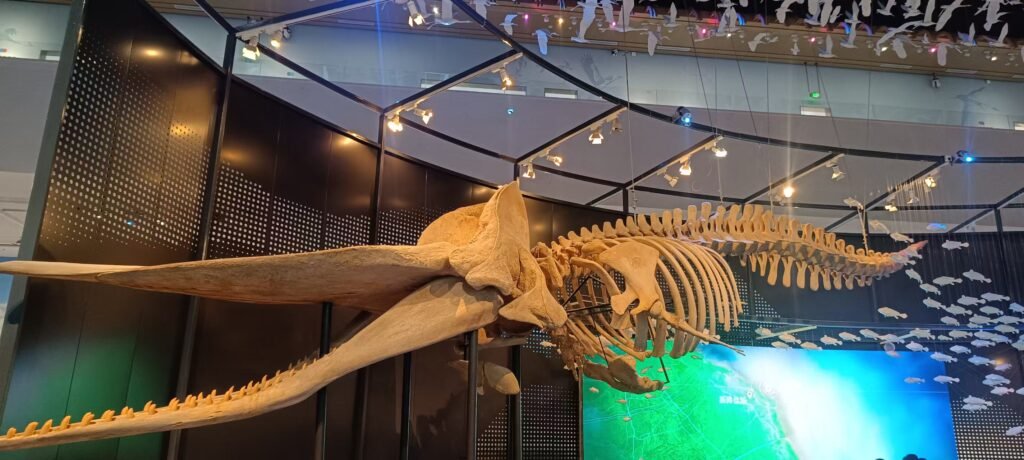
The Digital Guesthouse of the Global Market
The China–Korea Industrial Park is strategically located in the Yandong District of Yancheng city. Positioned directly across from the Korean Peninsula, the Yancheng region provides geographical convenience for the development of regional trade. Naturally, this initiative aligns with China’s “Belt and Road” project. In addition to being a general industrial base, the park promises sectoral development focused on value-added and high-tech products.

The most striking area in the park is undoubtedly the KIA Automotive Production Base. Established as an international enterprise under the name Dongfeng Yueda KIA, it is a joint venture between China’s Dongfeng Motor Corporation and Yancheng’s local giant Yueda Group, and is one of KIA’s most important production centers in China. Initially formed through cooperation with Hyundai, later global needs and developments in the automotive industry necessitated cooperation with KIA.
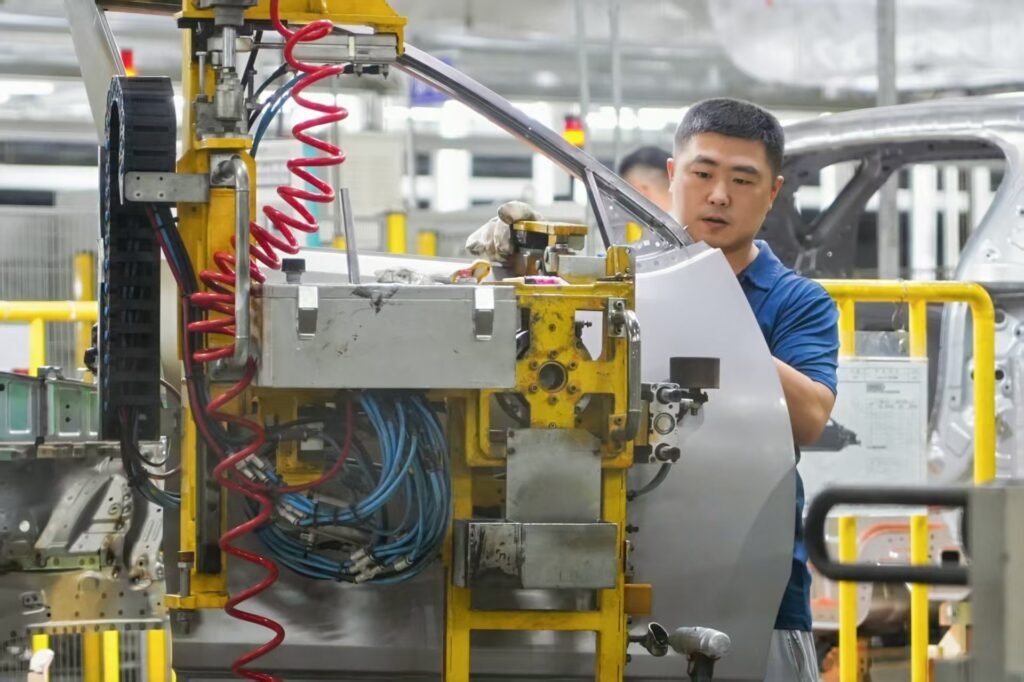
Despite China’s own automotive industry having now reached a globally recognized position, initiatives prioritizing international cooperation such as this continue to exist. The automotive center has three factories employing a total of 4,000 workers. The reason why so few workers are employed in this “ant nest,” where a new car part is produced every second, is that production is carried out to the maximum extent by industrial robots. One of the greatest promises Yancheng offers to foreign investors is that production is supported by “smart technologies.” The presence of KIA has in the past localized the supply chain and created an automotive cluster in the Yancheng region. Today, it both supports competition with China’s own brands and continues to serve as a bridge for the transfer of engineering knowledge from Korea to the local sector.
The International E-Commerce Industrial Park, meanwhile, provides a permanent contribution to the construction of “Digital China” by linking the region, which is galloping ahead in production and industry, to the global e-commerce network. Establishing direct partnerships with Amazon, Alibaba, AliExpress, JD.com, and other global and local e-commerce platforms, this center contributes directly to the regional trade volume with its promised “smart logistics centers,” saving both time and space. Such centers, to achieve their targeted trade volume, not only focus on sales strategies but also must improve their infrastructure and align with modern technologies. The data centers and cloud infrastructures offered by the center provide a strong foundation for big data analytics.
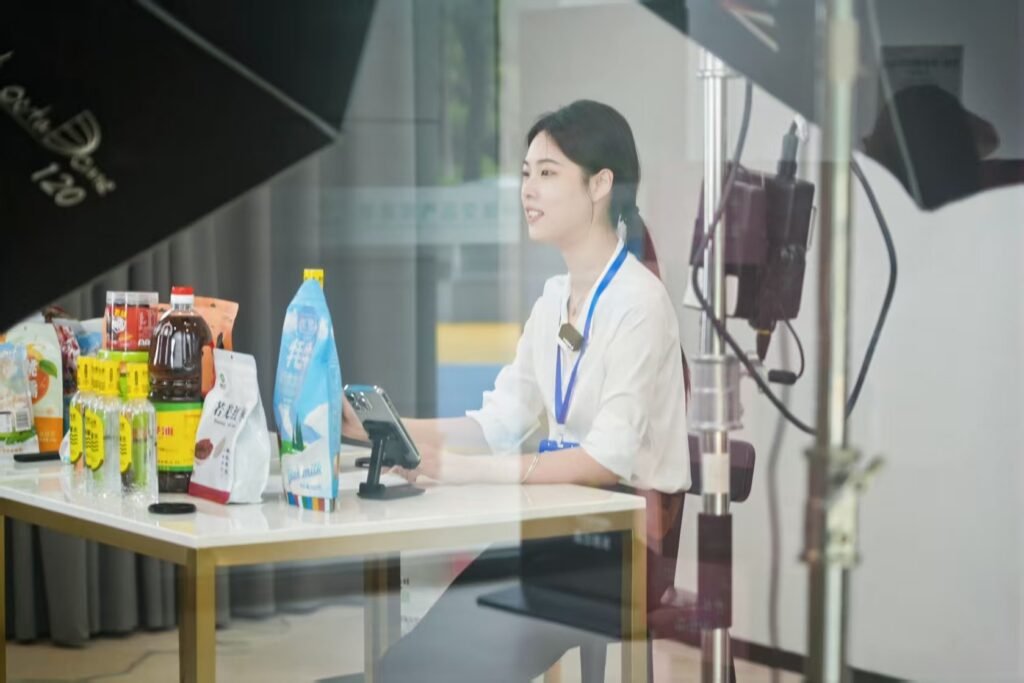
The Perfection of Agricultural Technologies
Jiangsu Yueda Textile Group Company (悦达集团) is a state-financed but market-oriented competitive firm. Just like Yueda Group’s partnership with KIA in the automotive sector, this company offers a digital industrial agricultural ecosystem focused on textiles. With a cotton yarn production capacity of 600,000 spindles and an annual high-quality fabric weaving capacity of 60 million meters, the company has become one of the leading textile producers in Jiangsu Province. This makes the region one of the key suppliers of both “raw” and “processed” goods along the Digital Silk Road.
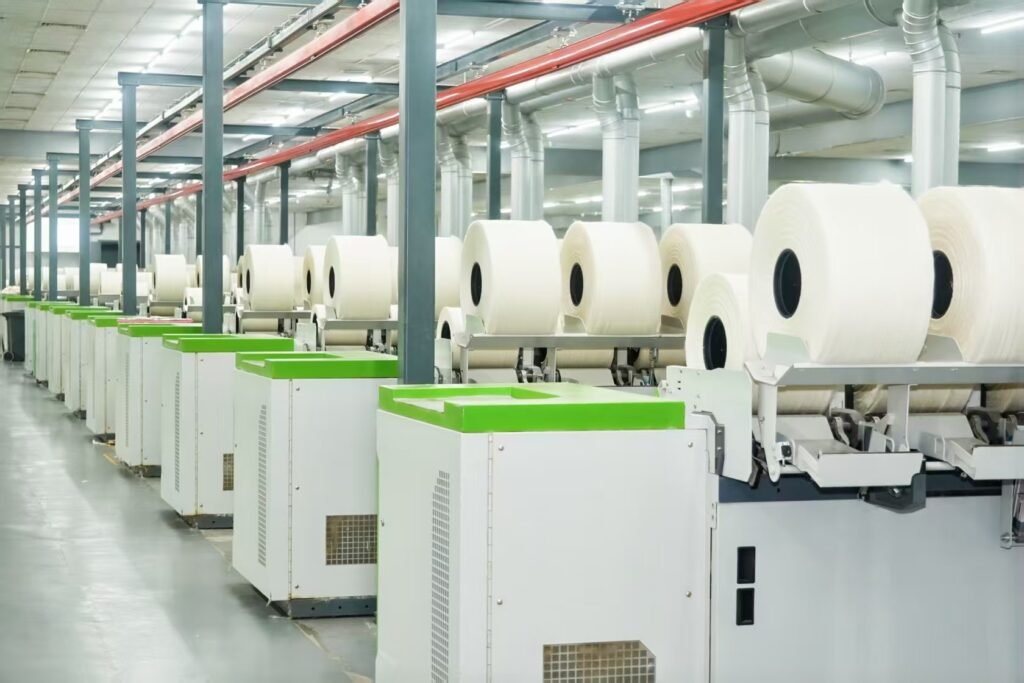
Traditionally sourcing its cotton from the Xinjiang region, the factory processes raw cotton into yarn and then into fabric. The most impressive aspect of production is that most of these processes are carried out with digital and robotic technology. Instead of workers, robots are seen among the looms. Robots designed for different purposes form the main workforce of the factory, economically improving the balance of time and cost.
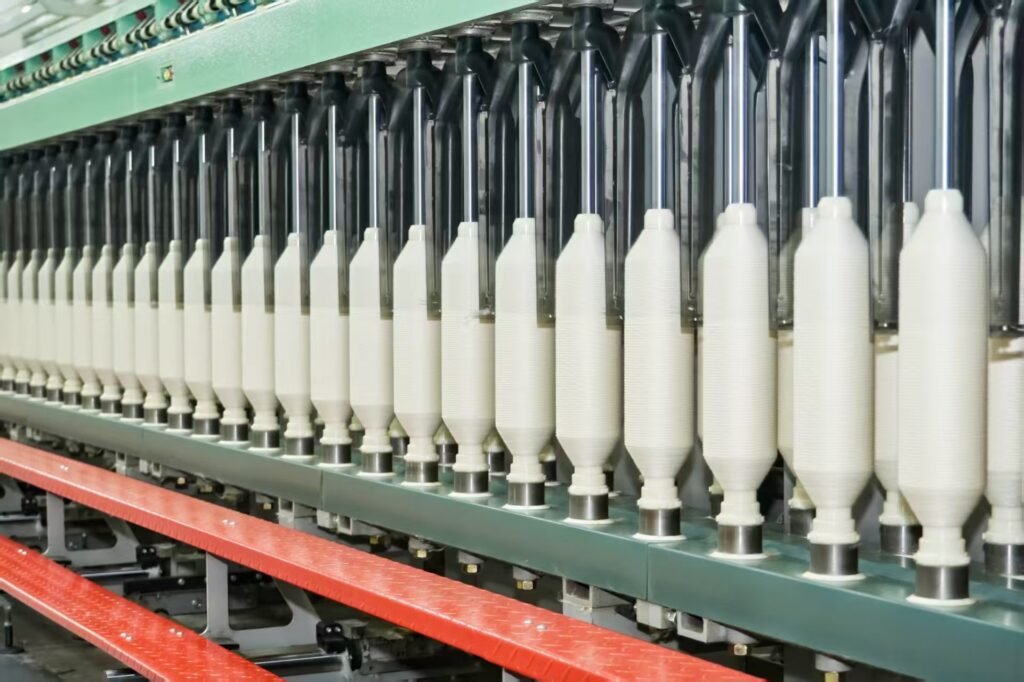
With the widespread use of artificial intelligence, possible errors and negligence are prevented in advance, or urgent measures are taken in a very short time, reducing human-centered errors to a minimum. Every stage of the production process is supported with sensors and data collection systems, creating an information network; this network is also shared with companies in different fields, ensuring the uninterrupted application of accumulated experience. This center demonstrates that the textile industry, traditionally focused on production, promises high profitability and value-added products when supported by artificial intelligence and robotic technology. This enables the production of attractive products not only for the domestic Chinese market but also for the U.S., Europe, and other Asian countries.
A facility that can be seen as living proof of digital transformation significantly increases the global competitiveness of traditional industry once supported by smart systems. Moreover, such facilities are not separate, uncoordinated breakthroughs but rather integrated parts of a connected trade network. The products obtained in the textile group can be marketed through e-commerce centers; the technological experience gained there can be shared with sectors such as automotive. This situation clearly proves how central and long-term planning directly affects first regional and then national development.

Abroad Africa AI Beijing Belt & Road BLCU BRICS China chinese CPC CSC Culture Economy education EU Guizhou Kültür Langauge movie Multipolarity Russia scholarship science Shanghai Sino Sino Turkish Sino Turkish Sino Turkish Sino Turkish Sino Turkish Studies Sino Turkish Studies Sino Turkish Studies Sino Turkish Studies space Syria Taiwan Tariff trump Turkiye Türkiye University USA Xinjiang ZJUT Çin

